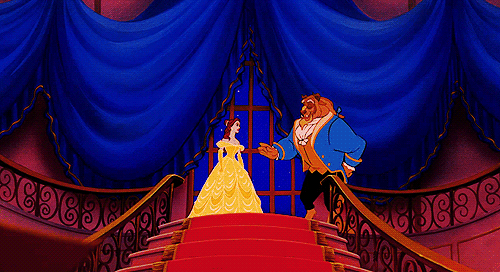This week’s blog is about an amazing artefact that I had to put on the museum's database. It’s a gold Posy ring! I’ll explain more in a second but first, just look how pretty it is!
Posy rings are gold bands with an inscription on the inside. Our posy ring’s inscription says “A friends gift”… well actually ‘friends’ has been spelt ‘frends’ and there’s a little tear in the band over the ‘f’ of ‘gift’ so (if we’re going to be literal!) it says “A frends gif”.
| Close-up of the inside inscription |
Our ring was found in a field in Keynsham, by a metal decectorist! I wonder why it was there? We can only speculate! It just shows you what treasures you can find in the most random places. The size of the ring isn't represented well in the photo on. It's actually very tiny! I doubt even my little finger could accommodate it! Possibly it was meant for a child!
‘Posy’ comes from the old French word ‘poséy', meaning a form of poetry. Our little ring isn't poetic, but some posy rings were just a simple statement. One of my favourite, more poetic, posy rings (that I came across on the British Museum website) has the inscription “many are the stars I see but in my eye no star like thee” how lovely is that?! Link here.
‘Posy’ comes from the old French word ‘poséy', meaning a form of poetry. Our little ring isn't poetic, but some posy rings were just a simple statement. One of my favourite, more poetic, posy rings (that I came across on the British Museum website) has the inscription “many are the stars I see but in my eye no star like thee” how lovely is that?! Link here.
Posy rings weren't just for betrothals and love tokens but also exchanged in friendship and sometimes given out in remembrance of a death. Unfortunately, our ring's inscription means that it was probably a gift of friendship, which undoes all of the romantic back stories that another collections team member and I were making up. Oh well!
 |
| Not the Disney-style back story I'd hoped for! |
The peak of their popularity was from the 15th-17th century. Our ring has been dated to the 1600s! It’s amazing that I’m holding something so familiar, as a gold ring, in my hand that’s around 400 years old!!
Emma



